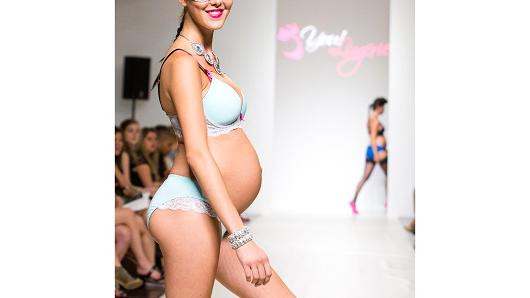Victoria's Secret is trying to attract younger women and win back former customers by focusing on core categories, such as apparel and lingerie.
Jan Singer, CEO of Victoria's Secret Lingerie said the company is doing this by understanding the needs of its clients.
"It's not a one size fits all," Singer said on Thursday morning's conference call. "She's in our store. She's in our site. We have that data."
On Wednesday, L Brands, the parent company to Victoria's Secret, Bath and Body Works and Pink, reported first-quarter earnings that were nearly half the size of the year-ago period. Overall sales rose 8 percent to $2.62 billion. But looking specifically at Victoria's Secret, same-store sales, a key retail metric, plummeted 14 percent, and the retailer cut its 2018 earnings forecast. The stock plunged more than 6 percent after hours Wednesday.
But the stock quickly reversed during Thursday morning's conference call, trading nearly 2 percent higher, as the company laid out its plan to attract a younger demographic and grow its lounge wear, sleepwear and sportswear collections.
Singer mentioned the Victoria's Secret Illusions Collection, bars that offer non-slip support, several times during the call as one of its most popular offerings.
Still, shares of the parent company L Brands are down about 40 percent year-to-date. The once dominant player in intimate apparel, Victoria's Secret has been steadily losing market share in the last few years with its collection overtly sexy lingerie and bedazzled panties that many women say are a turnoff.
Miri Gregory, a 34-year-old chef in San Diego, said she used to shop at Victoria's Secret for all her bras, but she stopped going because the selection got "horrible."
"I'm not a big froufrou kind of a person," Gregory said. "No lacy things for me."
Turns out these are common complaints.



